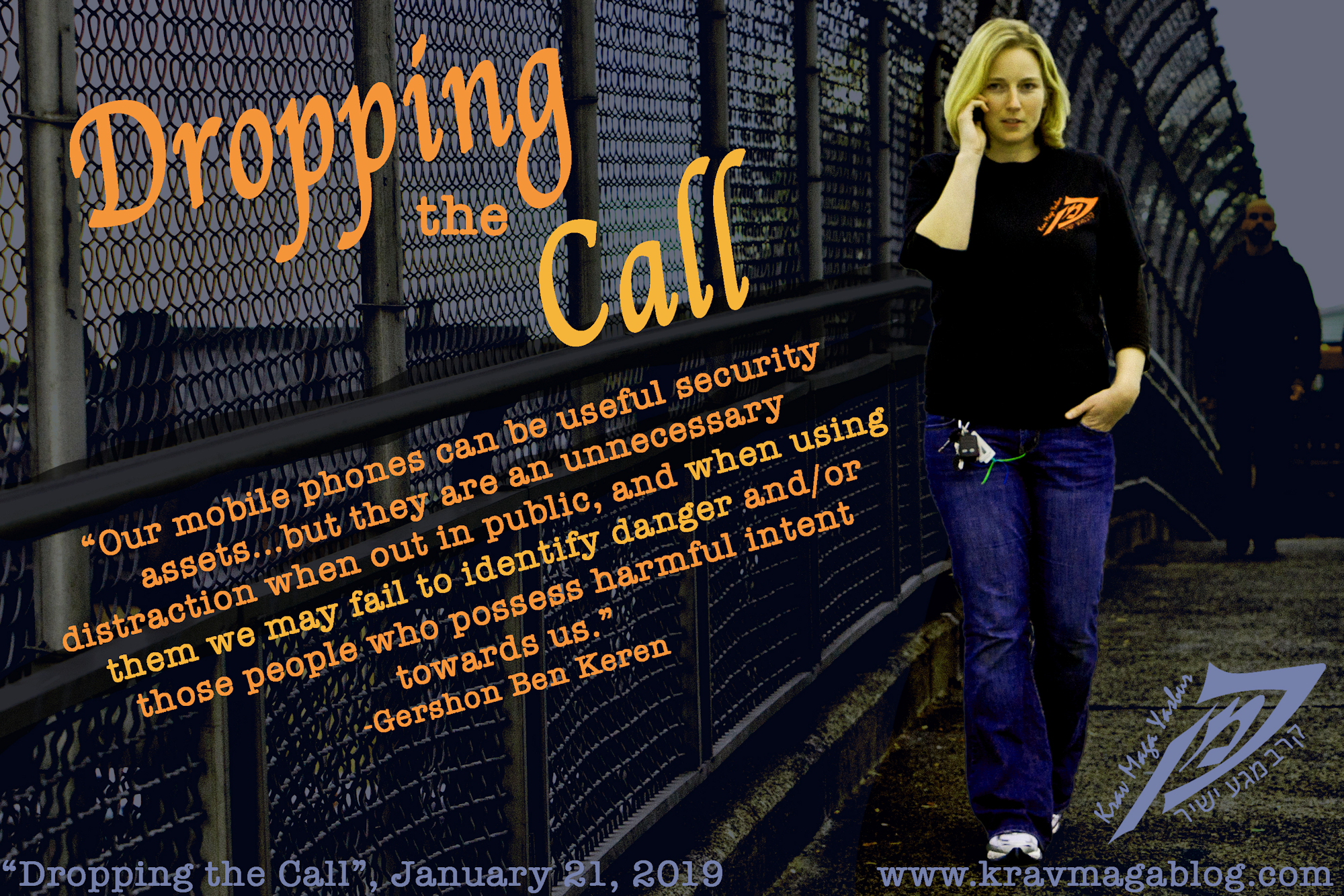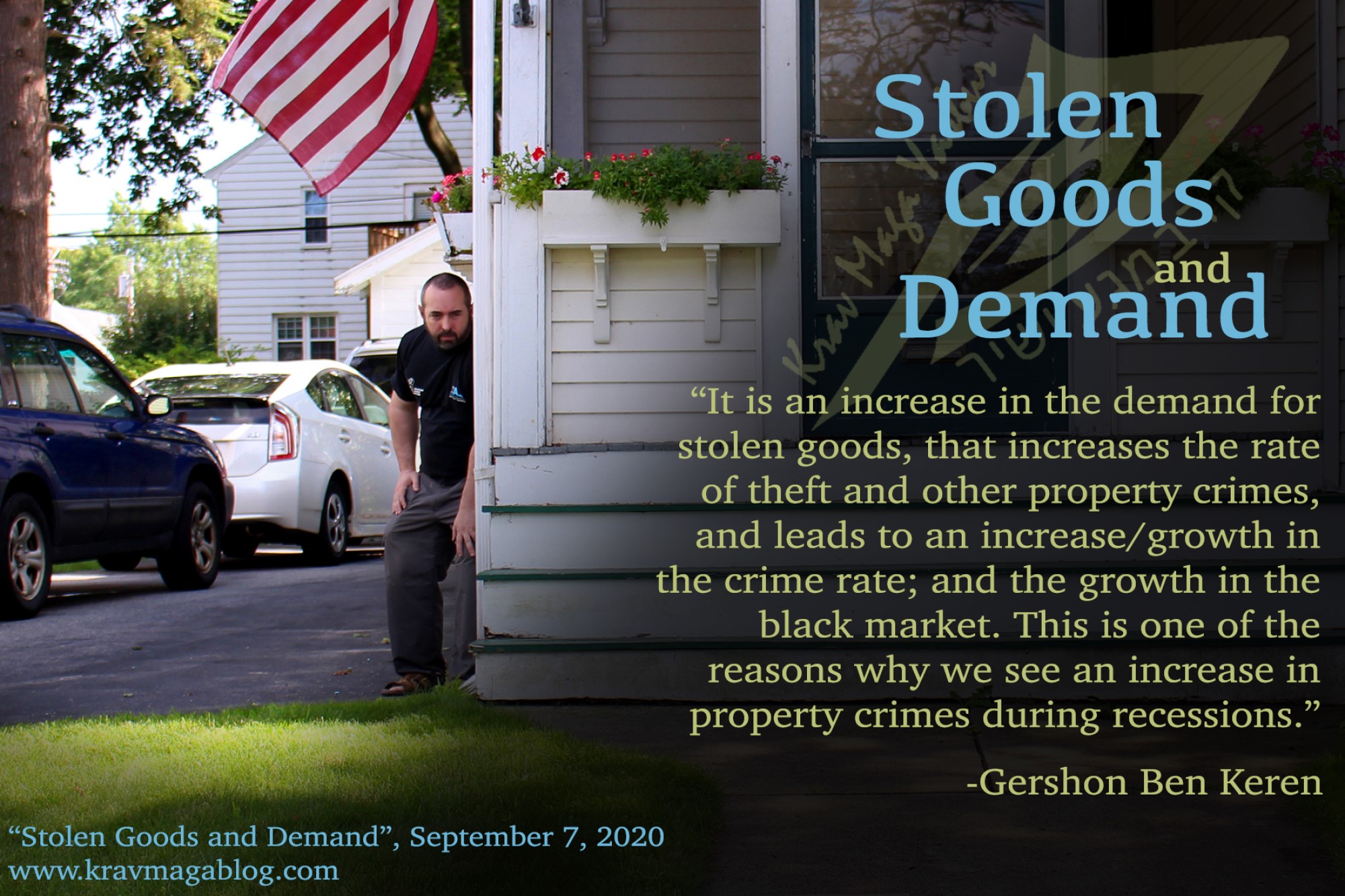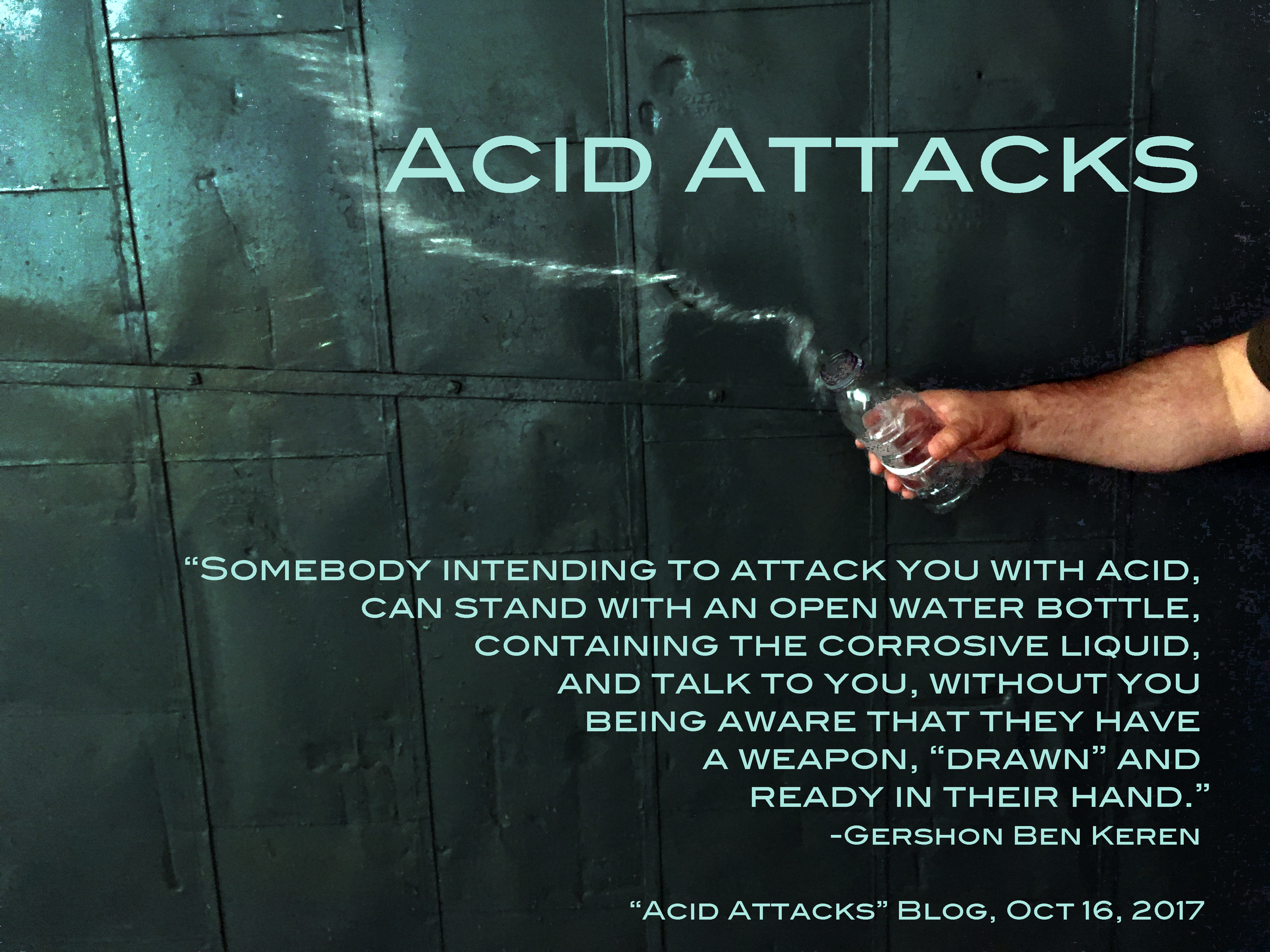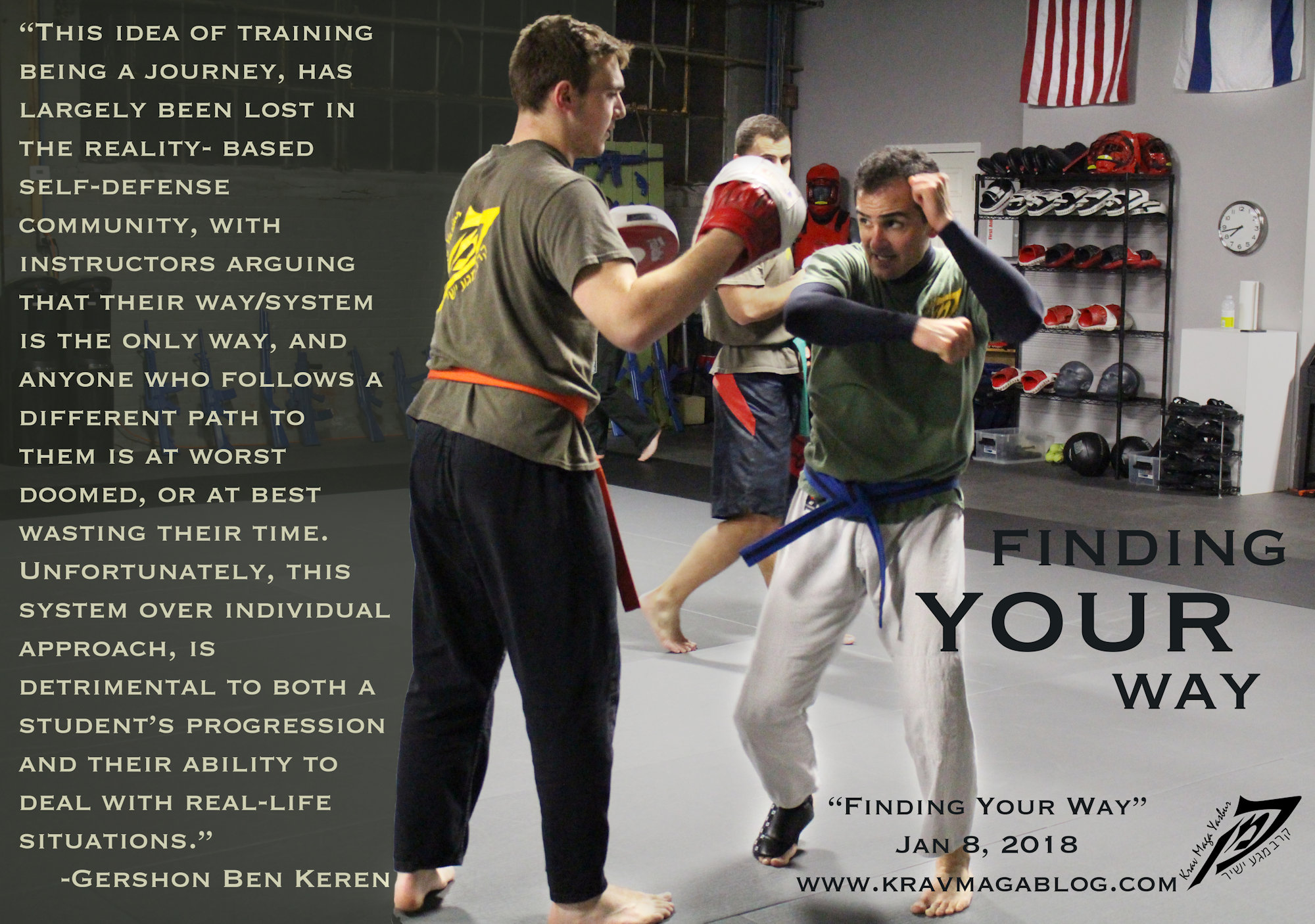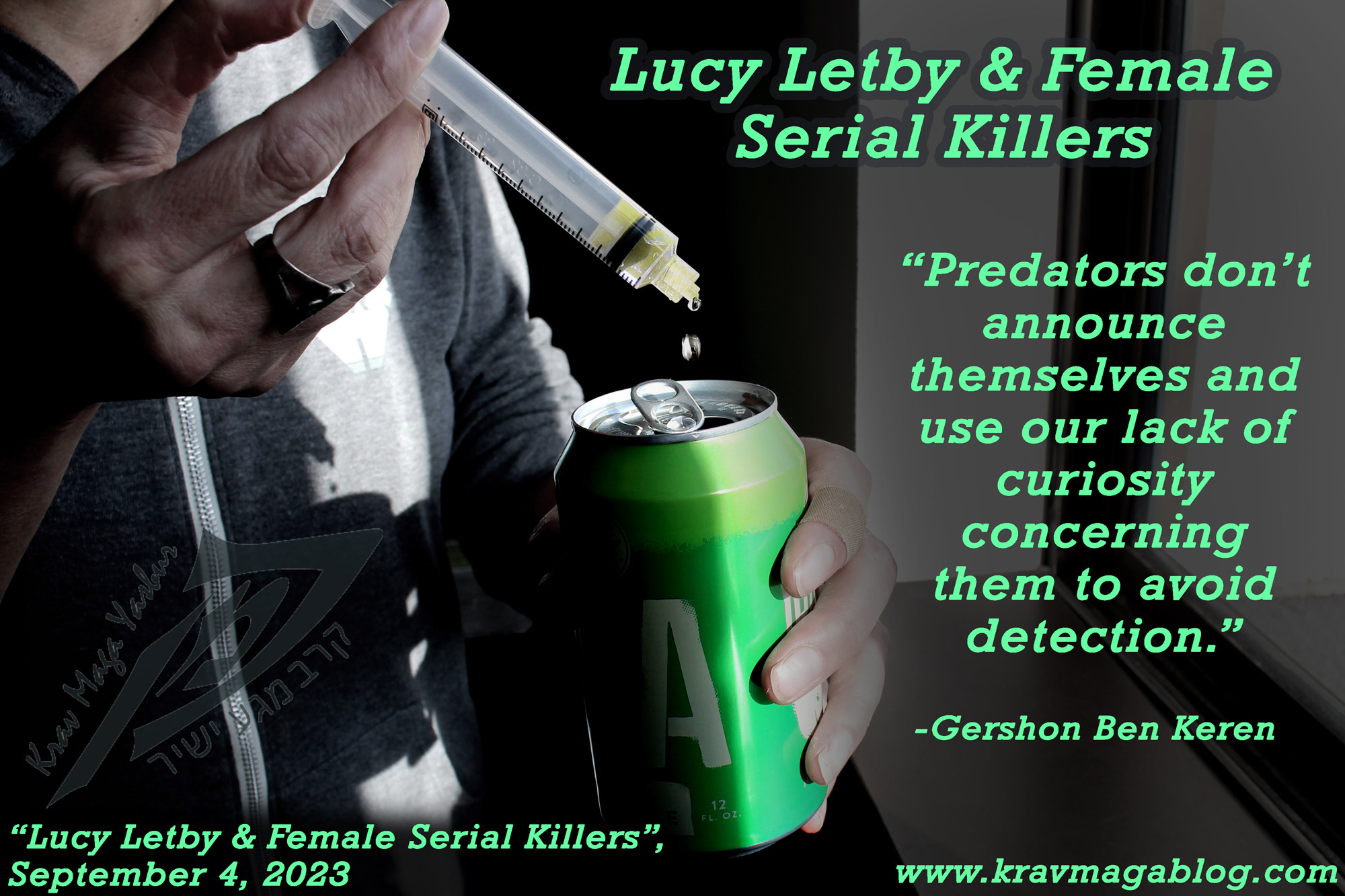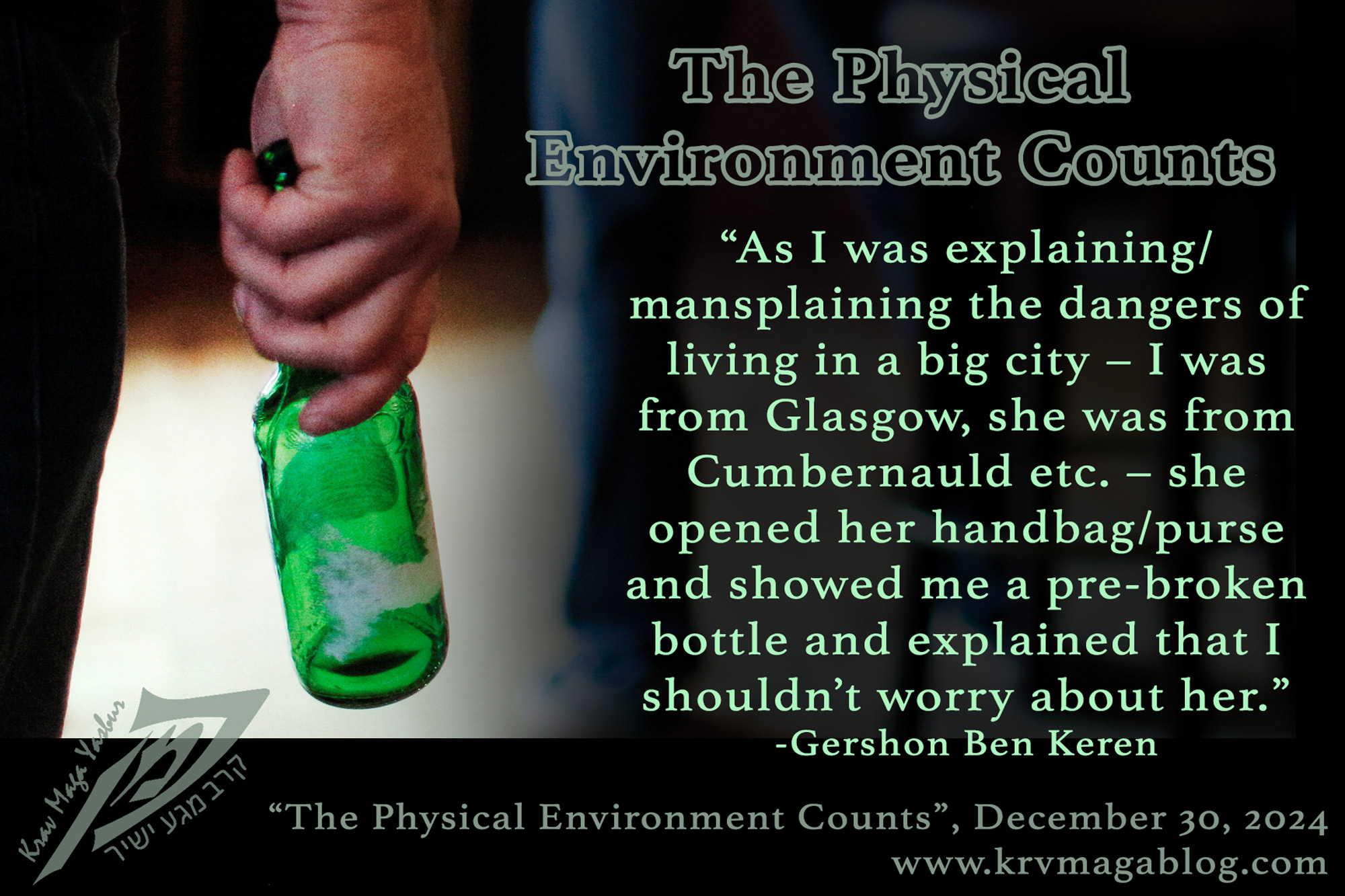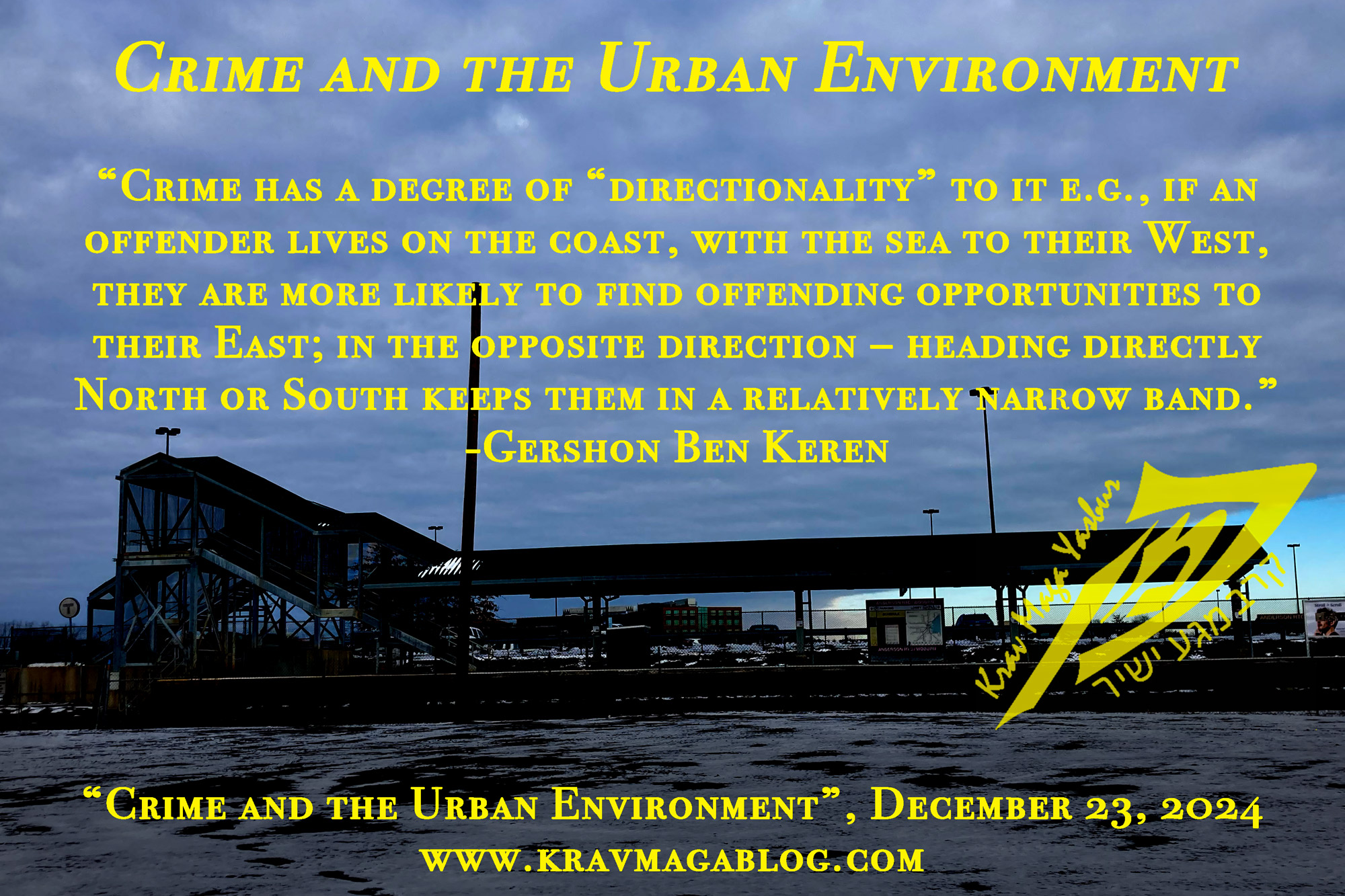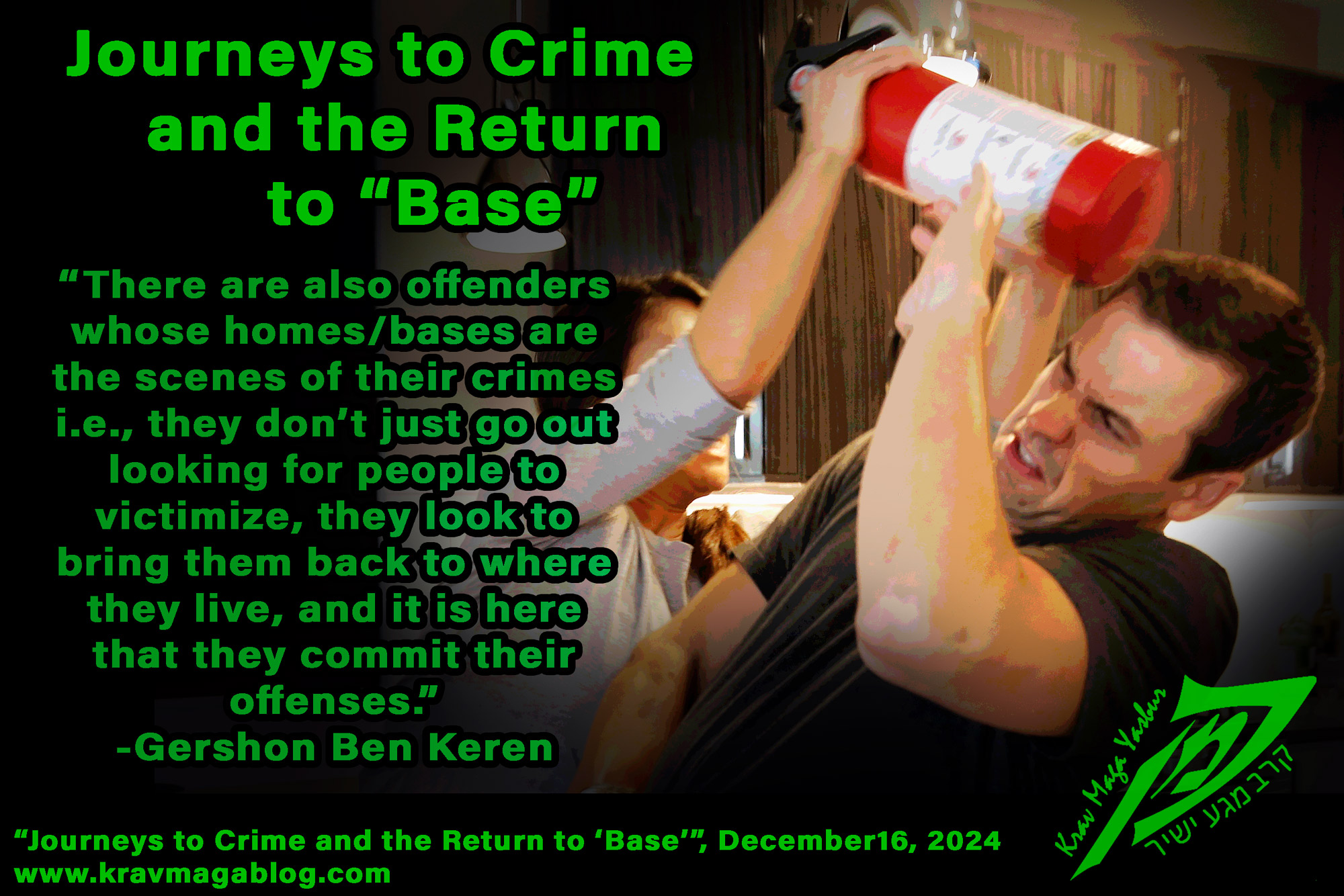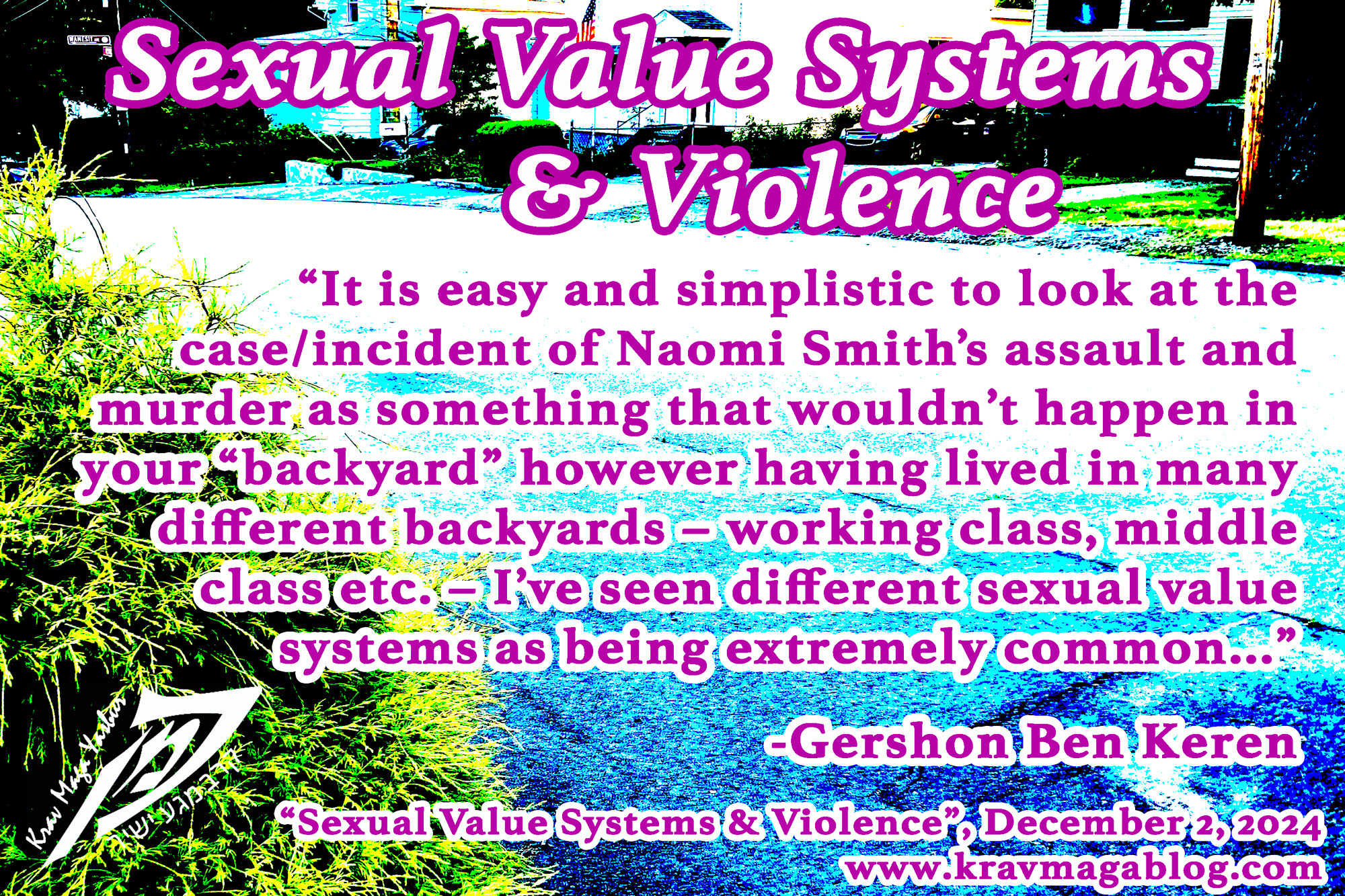Fear of the Dark, is an article written by Gershon Ben Keren, a 5th Degree Black Belt in Krav Maga, who teaches Krav Maga in Boston, MA. He has also authored three Amazon best-Selling Books on Krav Maga.
I recently read an article which stated that criminals like the dark, as it hides their actions, and gives them an advantage etc. At first glance this seems reasonable, and a lot of violent crimes do take place at night, however much of this is down to availability of suitable victims, and the routine activities that many violent criminals engage in, rather than the dark per se e.g. it’s not so much that criminals like the dark, but rather that their activities are engaged in during those hours because circumstances are favorable etc. In the winter months in Boston, more street robberies are committed in the earlier parts of the evening, than the later part of the night/early morning, when compared to the summer months; it’s colder later at night, and less people are about on the streets etc. It’s not so much that certain crime rates go up because its dark, but because of what happens at night – people engage in leisure activities, such as drinking and socializing and are more likely to be in public spaces (and some crimes such as residential burglary go down, because houses are more likely to be vacant during the day when people are at work, than at night when they’re home). This perception of the dark being responsible for high crime rates is a widespread one, and one which affects many public policies e.g. many cities have adopted major street-lighting and relighting projects in order to reduce the crime rate – to mixed results. The research seems to suggest, but certainly not conclusively, that such projects have been more successful in the UK than in the US. Though in certain UK relighting projects increases in crimes and disorder, especially that committed by juveniles and youth gangs has been experienced, as the improved lighting makes the nighttime more socially accessible to them. Although the jury is out on whether improved street lighting does actually improve safety and reduce vulnerability and victimization, the majority of the research does seem to point to the fact that we feel much safer in well lit areas, with our fear of being the victim of crime being decreased; even if that is not necessarily the reality. This article looks at how lighting affects our perception of danger, and other factors which when combined may be more influential in our determination of risk.
There are three environmental factors that influence our level of fear concerning our environment(s), these are: prospect, concealment and escape (this is based on various criminologist development of Appleton’s prospect-refuge theory). Prospect concerns our ability to spot danger at distance and is dependent on our sightlines. If we are in the middle of an open field with no objects obstructing our field of vision, we have good prospect – we can see potential danger approaching a long way off. Our ability to see potential threats goes down when it gets darker, and we aren’t as able to see as far; which is where we value good lighting. We also feel less safe when our environment offers many concealment points, where a motivated offender can hide, or carry out surveillance on us unobserved. What is interesting about this, is that our natural fear is of an aggressor, attacking us by surprise without any warning concerning their physical presence. Such fear seems to be strongly lodged in our DNA, and seems to suggest that we are still very much wired to expect and deal with predators who remain hidden and undetectable until the last moment, like the crocodile who waits, hidden just below the waterline, and ready to pounce on an unobservant Gnu that comes down to the waterhole to drink. However, human-on-human violence rarely involves such physical ambushes and is more likely to involve some form of visible approach with preceding dialogue. Even if we may consciously understand and appreciate this, our emotional self is still more worried and concerned about the rear-strangle and other unseen attacks, than the more likely social interaction that precedes most violent attacks. More than prospect and concealment, it seems that our ability to escape, is a more influential factor regarding our perception of crime and violence. We appear to fear entrapment more than anything – we emotionally prefer the option to run away, much more than the ability to spot danger, and avoid it at the earliest opportunity. So, whilst we might value good street lighting that allows us to identify potential threats, more important to us is the ability to get away. This goes some way to explain our fear when in unfamiliar places, even when everything else suggests that the environment is safe.
Street lighting, and public lighting, is starting to change. Many cities are starting to change their traditional, static streetlighting systems to more dynamic and intelligent ones. Many municipalities are looking to both save money and reduce their carbon footprint (it is estimated that public street lighting accounts for 19% of global energy production, along with around 19 000 metric tons of C02 emissions (Gaston et al., 2014)), and so not light areas when they are unoccupied, or light levels are sufficient, such as when there is a full moon. We now have the technology to do this with motion sensors, and Apps on our phone, which identify our location, and can be used to switch on lights when we are near them etc. This both saves money, and is more environmentally friendly, however its effect on both perceived safety, and actual crime is unknown. In CPTED (Crime Prevention Through Environmental Design), light is often used as a permanent means of defining and enforcing “boundaries” – it is not yet known whether dynamic lighting can do this, or whether it can do it to a greater or lesser degree i.e. does a motion sensor light create and enforce a stronger sense of boundary than a permanently switched on light etc. From the perspective of safety, research (Haans & Kort, 2012) has shown that we feel safer when our immediate area is lit up, rather than when prospective areas we are potentially moving in to our lighted; suggesting that we are emotionally more concerned with dealing with a threat/danger as it happens, than predicting and preventing it.
Surveys and questionnaires have shown that we put a lot of stock in good lighting, and that we believe criminals use the dark to their advantage against us, however there is little evidence to suggest that this is the case. We consistently mark good lighting as one of the most important factors in crime-prevention, though the evidence concerning the effects of lighting on actual crime is inconclusive. It is perhaps natural that as diurnal (daytime) creatures, we mark violent criminals as being naturally nocturnal i.e. an almost different species to us etc. without recognizing that it is our night time activities that attract their attention, rather than something inherent about the dark/night – something that may make us feel – without qualification - that we are naturally safe in the daytime. Whilst lighting may affect our fears concerning crimes and violence, we still exhibit many of the features of prey animals who are more concerned with the exits that an environment provides us, than the ability to identify and predict danger before it occurs. Maybe the most important take-away is that good lighting is far more important to us regarding our feelings and perceptions of safety, than it is to affecting violent criminals actions and behaviors.
0 COMMENTS